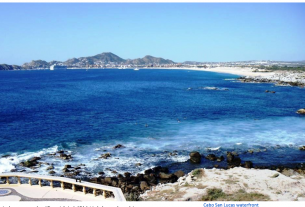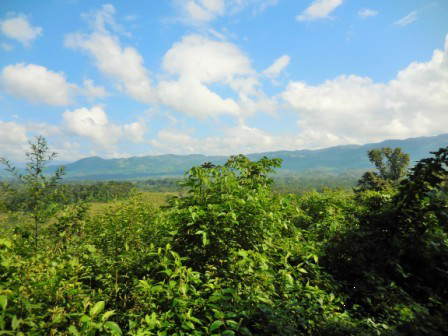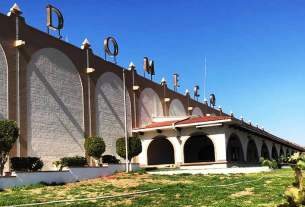By Dan and Lisa Goy on the January 2021 Edition
Baja Mexico – Beyond the walls of the all-inclusive resort
Our first camping vacation in Mexico was in 1985 traveling in our camper van. Our children were small (2 and 4 years old) and our parents and friends thought for sure we would never be seen again. This 4-month adventure would be a life altering experience as we fell in love with Mexico.
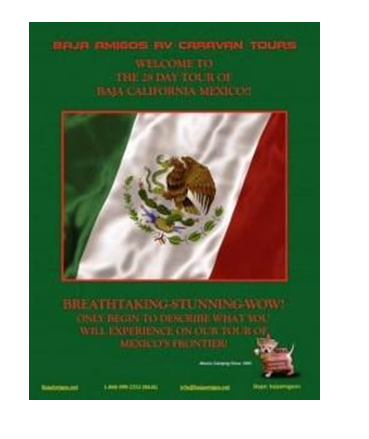 We traveled down Baja, moving from beach to beach, then took the ferry from Cabo San Lucas to Puerto Vallarta on the mainland. We spent most of December just outside of Acapulco in Pie de la Cuesta and were invited to a Mexican family’s home for Christmas in Mexico City before returning home to British Columbia.
We traveled down Baja, moving from beach to beach, then took the ferry from Cabo San Lucas to Puerto Vallarta on the mainland. We spent most of December just outside of Acapulco in Pie de la Cuesta and were invited to a Mexican family’s home for Christmas in Mexico City before returning home to British Columbia.
There is no doubt this experience changed our lives forever as we have continued to embrace RVing in Mexico in winter when possible, routinely, since 2002. The Mexican camping experience is more than just tropical sun and fun. The culture and customs are truly unique and the people are wonderful, always willing to help and ready to make new friends that often last a lifetime.
Our love of Mexico was pivotal in the decision to start Baja Amigos RV Caravan Tours in 2008. We have returned to the Baja and mainland Mexico continuously since 2005, every winter, with exception of this COVID winter. Whether you RV, hotel/ motel or tent, Baja Mexico offers a plethora of experiences for any travel enthusiast with almost any interest. Our enthusiasm about Baja is not isolated. Read what other Baja authorities have to say.
Why camp the Baja Peninsula?
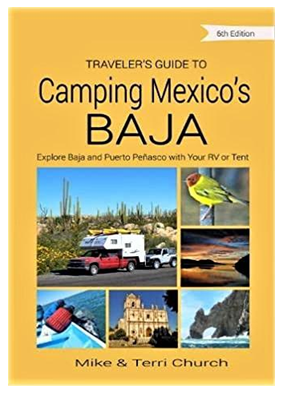 “The border between the US and Mexico’s Baja Peninsula is like no other border on earth. It divides two countries with huge contrasts in culture, language, wealth, lifestyle, political systems, topography and climate. Mexico is a fascinating place to visit and we think that driving your own rig and staying in campgrounds is the best way to do it……People from north of the border have been exploring the Baja for years.
“The border between the US and Mexico’s Baja Peninsula is like no other border on earth. It divides two countries with huge contrasts in culture, language, wealth, lifestyle, political systems, topography and climate. Mexico is a fascinating place to visit and we think that driving your own rig and staying in campgrounds is the best way to do it……People from north of the border have been exploring the Baja for years.
The trip became much easier in 1973 when the paved transpeninsular highway was built. Today this paved two lane road leads to unparalleled camping opportunities.”
Mike and Terri Church, Camping Mexico’s Baja
What is Baja, Anyway?
“Baja” means lower in Spanish, refers to an 800-mile long pen-insula separated from Mexico’s mainland by the Gulf of California, or the Sea of Cortez, if you prefer. The peninsula is com-prised of two Mexican states, Baja California, with Mexicali as capital, and Baja California Sur, whose capital city is La Paz.
To make it easy, “Norte” means north and “Sur” means south.
The peninsula is important, as it served as a stepping stone to the colonization of the US state of California. Once the Spaniards left the Baja California peninsula to expand their efforts northward, the remote and arid peninsula was left to languish, virtually unpeopled and almost ignored by Mexico and the United States alike.
Baja California (norte) did not become a Mexican state until 1952.
The southern half of the peninsula, Baja California Sur, entered statehood in 1974, less than a year after the first paved road linking north to south (Highway 1) was completed. ”
Greg Niemann, Baja Legends
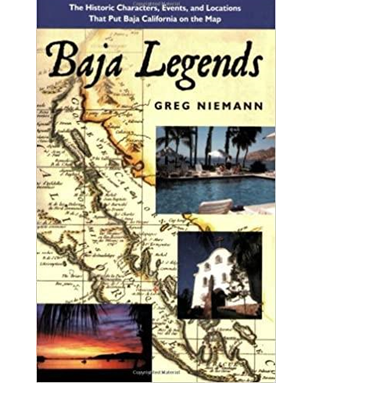
Baja California
“Baja California is a unique recreational Paradise-in-the Sun dominated by its 2,000 mile coastline. It pampers the jet set in its cities, hotels and resorts, without the high-rise, high-tension setting common in other resort areas. Those craving outdoor adventures find a largely undeveloped, beautiful land where escape to another environment and culture is only a step away. Few visit Baja without knowing they have been in a very special place, truly a magnificent peninsula.”
Jack Williams, The Comprehensive Guidebook to Mexico’s Baja California
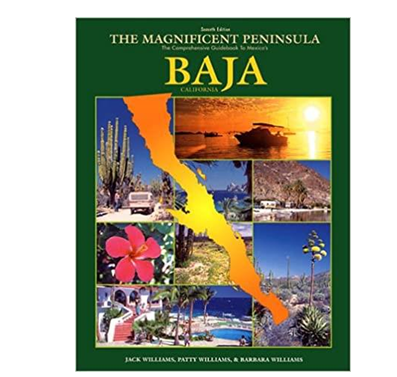
Introduction to Baja California
“Seventeenth-century Spanish explorers first thought the peninsula, now called Baja California, was an island and, despite over three hundred years of evidence to the contrary, it maintains a palpable air of isolation – from the rest of Mexico and from the other half of its original territory just north of the border with the United States.”
Jason Clampet, The Rough Guide to Baja California
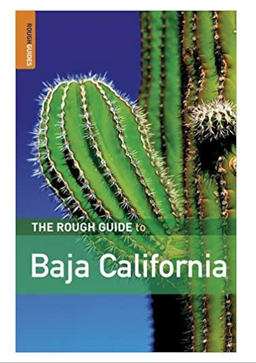
Mi Querida Baja California (My Beloved Baja California)
“Baja is more than a road trip – it’s a journey into the great Right Now, where it’s impossible to think about anything other than what’s unfolding in front of your face. With the Pacific on one side and the Sea of Cortez on the other, Baja is the greatest ocean playground imaginable. Between its wildly contrasting shorelines lie deserts, mountains and plains dancing with spiny botanical oddities and crisscrossed by roads so isolated you’ll think you’ve left earth.”
Danny Palmerlee, Lonely Planet Baja California
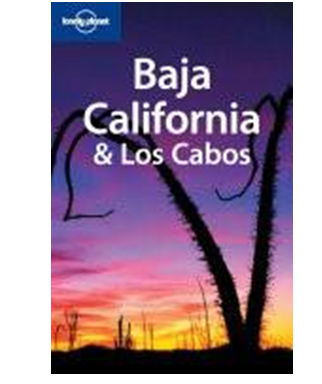
Baja History
“The border between San Ysidro, California and Tijuana, Baja California, is the most frequently crossed in the world, with more than 100 million people passing through each year. It seems so much like an extension of California and the United States that visitors at first may not realize they have arrived in a foreign country. Indeed, at one time, it all was part of one country, Mexico.
In a popular Spanish novel published in 1500, “California” was the name of an island of women warriors who armed them-selves with gold weapons. Since the Baja Peninsula was originally thought to be an island full of gold, the use of the name California appears to have been inspired by the novel in a spasm of wishful thinking.”
Fred and Gloria Jones, Baja Camping
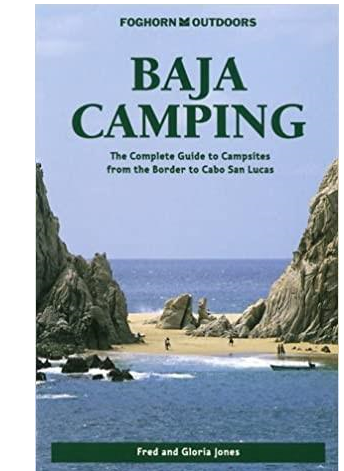
The Lay of the Land
“Five million years ago the land mass of today’s Baja California was firmly attached to what is now mainland Mexico. However, the Pacific Plate, on which Baja and all the land west of the San Andreas Fault lie, eventually separated from the North American Plate and began moving to the northwest. Today the pen-insula and the deep gulf to the east are among the most striking geologic features on earth. The Kamchatka, Malay, and Ant-arctic peninsulas are longer, but none is so narrow in relation to its length.
Baja averages less than 70 miles in width along its 798 mile length, the narrowest part being 26 miles from the Pacific to the western shore of the bay near La Paz, and the greatest being 144 miles at the latitude of Punta Eugenia. Land area is 55,634 square miles, and the shoreline on both coasts totals 1,980 miles, excluding the interiors of large enclosed bays.
The southernmost extent of the peninsula is an unnamed and otherwise undistinguished point several miles west of Los Frailes, the famed rocks at Cabo San Lucas that are incorrectly granted that honor by many T-shirt and postcard artists.”
Walt Peterson, The Baja Adventure Book
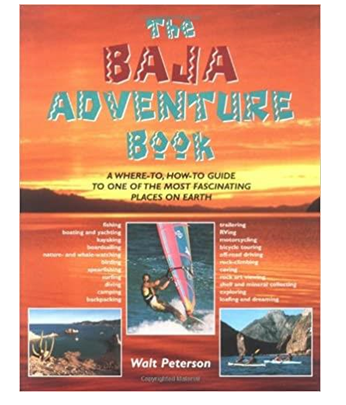
Baja Kayaking
“Baja has become one of North America’s top sea kayaking spots, and for good reason. The peninsula, a crooked finger of land west of mainland Mexico, is tantalizingly close to the United States and yet still surprisingly wild and untamed.
Flanked by the Sea of Cortes (Gulf of California) to the east and the Pacific to the west, it is an 800-mile strip of desert bounded by over 2000 miles of stunning coastline.
Much of it remains inaccessible, except by boat. Despite its growing popularity, much of it remains unexplored, except by those adventurers willing to step (or paddle) off the beaten path.”
Andromeda Romano-Lax, Sea Kayaking in Baja
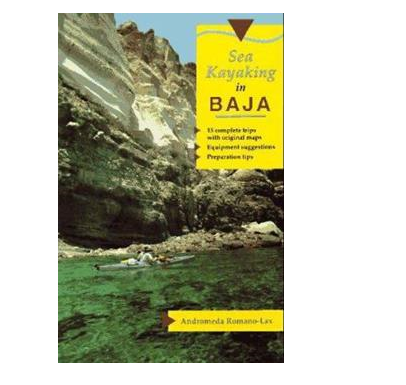
Welcome to Baja
“It is the most beautiful desert. It is the most beautiful sea. It is the most beautiful ocean. As a sea kayaker on this dry paradise of coasts, you will get to experience consistently sunny weather as your boat glides on sapphire waters past majestic headlands.
You will camp under an impressive array of stars, amongst good people, with good food, and go to bed completely tired after another long day of chores, exercise and fresh air.”
Dave Eckardt, The Guide to Baja Sea Kayaking
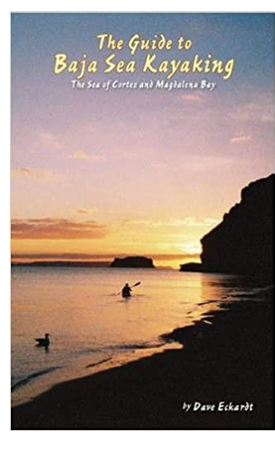
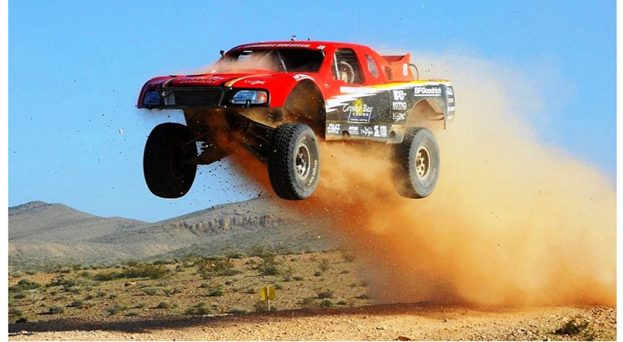
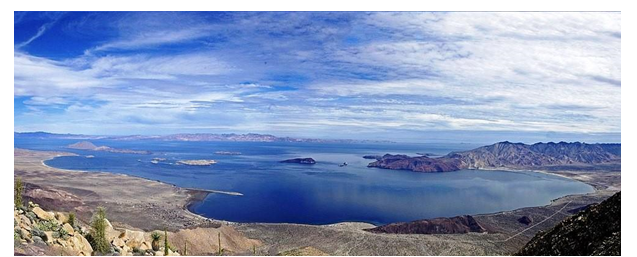
 |
 |
 |
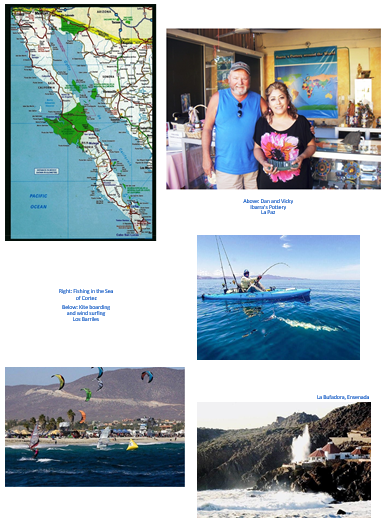 |
Dan and Lisa Goy, owners of Baja Amigos RV Caravan Tours, have been making Mexico their second home for more than 30 years and love to introduce Mexico to newcomers.

